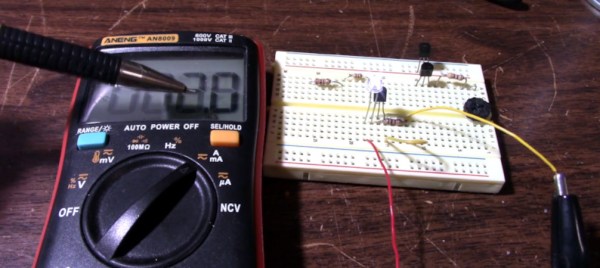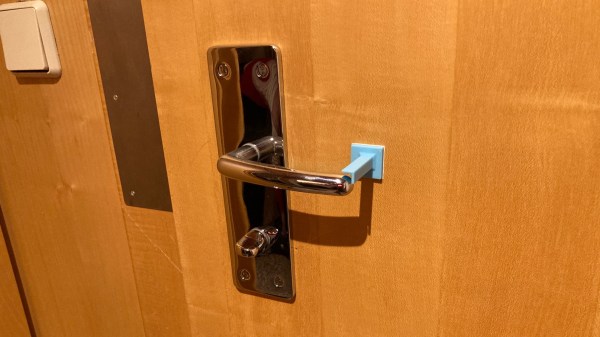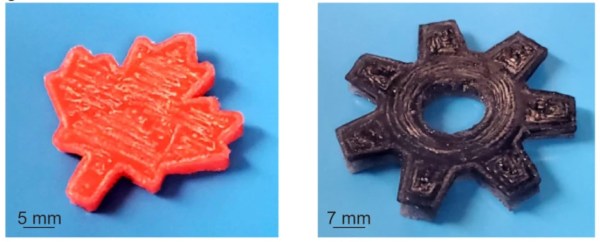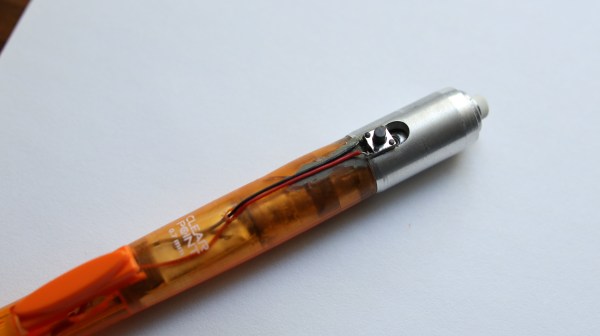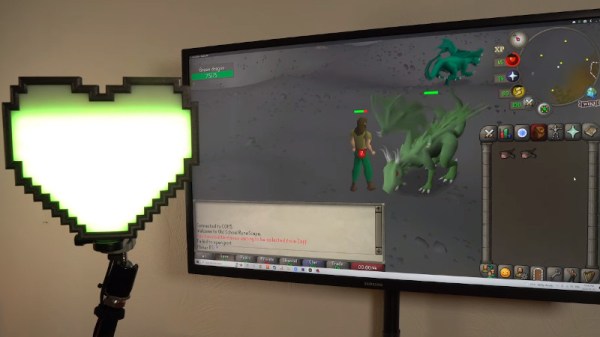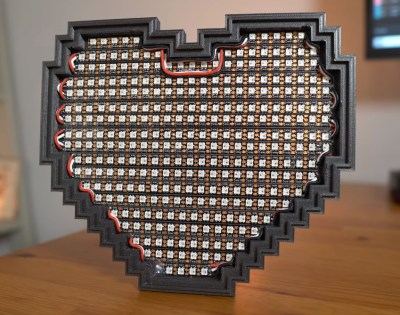Transistors come in different flavors. Tubes used an electric field to regulate current flow, and researchers wanted to find something that worked the same way without the drawbacks like vacuum and filament voltages. However, what they first found — the bipolar transistor — doesn’t work the same way. It uses a small current to modulate a larger current, acting as a switch. What they were looking for was actually the FET — the field effect transistor. These come in two flavors. One uses a gate separated from the channel by a thin layer of oxide (MOSFETs), and the other — a junction or JFET — uses the property of semiconductors to deplete or enhance carriers in the channel. [JohnAudioTech] takes a decidedly practical approach to JFETs in a recent video that you can watch below.
The idea for the FET is rather old, with patents appearing in 1925 and 1934, but there were no practical devices at either time. William Shockley tried and failed to make a working FET in 1947, the same year the first point-contact transistor appeared, which was invented while trying to create practical FETs. In 1948, the bipolar junction transistor hit the scene and changed everything. While there were a couple of working FETs created between 1945 and 1950, the first practical devices didn’t appear until 1953. They had problems, so interest waned in the technology while the industry focused on bipolar transistors. However, FETs eventually got better, boasting both very high input impedance and simplified biasing compared to bipolar technology.

